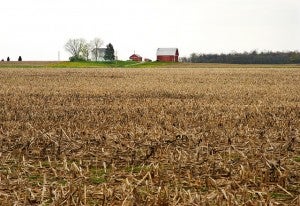
Farmers need assurance that a nutrient management tool is worth their investment.
Farmers and their advisors face increasing challenges from low crop prices, extreme weather and pressure to improve water quality. A growing marketplace of tools and products promises to help meet these challenges, but has in turn created a new problem: information overload.
This problem is especially acute for precision management of nutrients, one of the fastest growing agricultural sub-sectors. Companies promise their nutrient efficiency tools and products will enable farmers to grow more with less, save money and boost yields. But there is often little available data behind these claims.
As one of the farmers I regularly turn to for advice put it, “We (farmers) need a ‘Big Sort’” – something that sorts through this flood of information, separates the wheat from the chaff and helps farmers make informed decisions about what will work best for them.
To initiate this “Big Sort,” Environmental Defense Fund (EDF) teamed up with a group of experts in technology and nutrient management to develop NutrientStar, which helps farmers determine which products deliver on their promises and are worth the investment. Read More










 Applying the right amount of fertilizer to a grower’s field is tricky: too little fertilizer means lost yields; too much fertilizer means wasted costs and potential runoff that causes air and water pollution. Meanwhile, farmers cannot control the weather, which can wreak havoc on the best-laid plans.
Applying the right amount of fertilizer to a grower’s field is tricky: too little fertilizer means lost yields; too much fertilizer means wasted costs and potential runoff that causes air and water pollution. Meanwhile, farmers cannot control the weather, which can wreak havoc on the best-laid plans.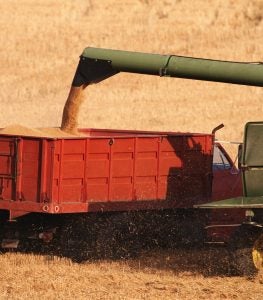
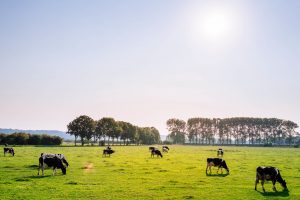 The White House Council on Environmental Quality (CEQ) recently released an intriguing report on how the United States can transition to a low-carbon economy by 2050 while continuing economic growth. The report gives a starring role in this job to agricultural lands.
The White House Council on Environmental Quality (CEQ) recently released an intriguing report on how the United States can transition to a low-carbon economy by 2050 while continuing economic growth. The report gives a starring role in this job to agricultural lands.
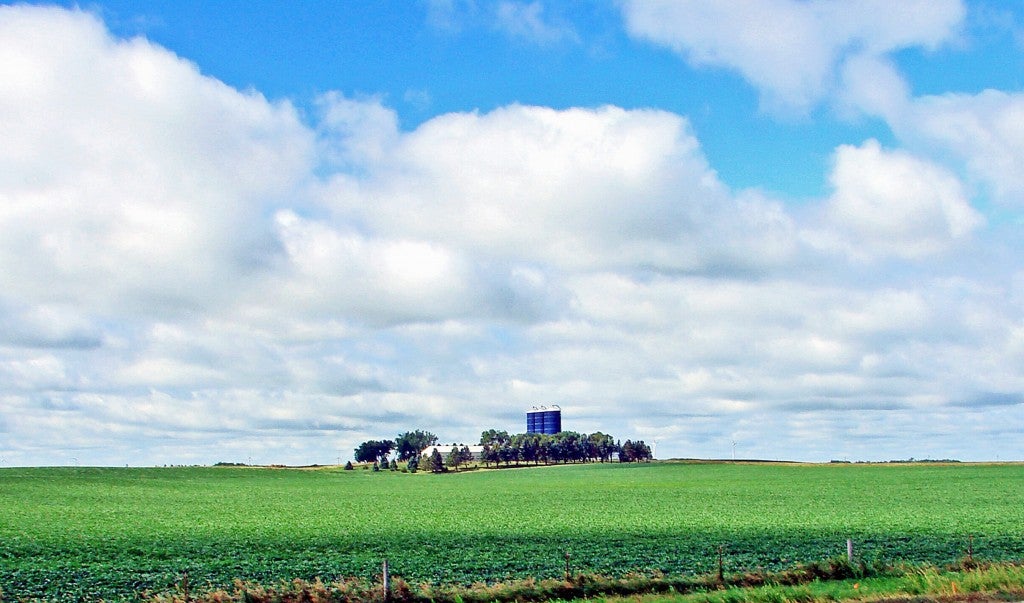
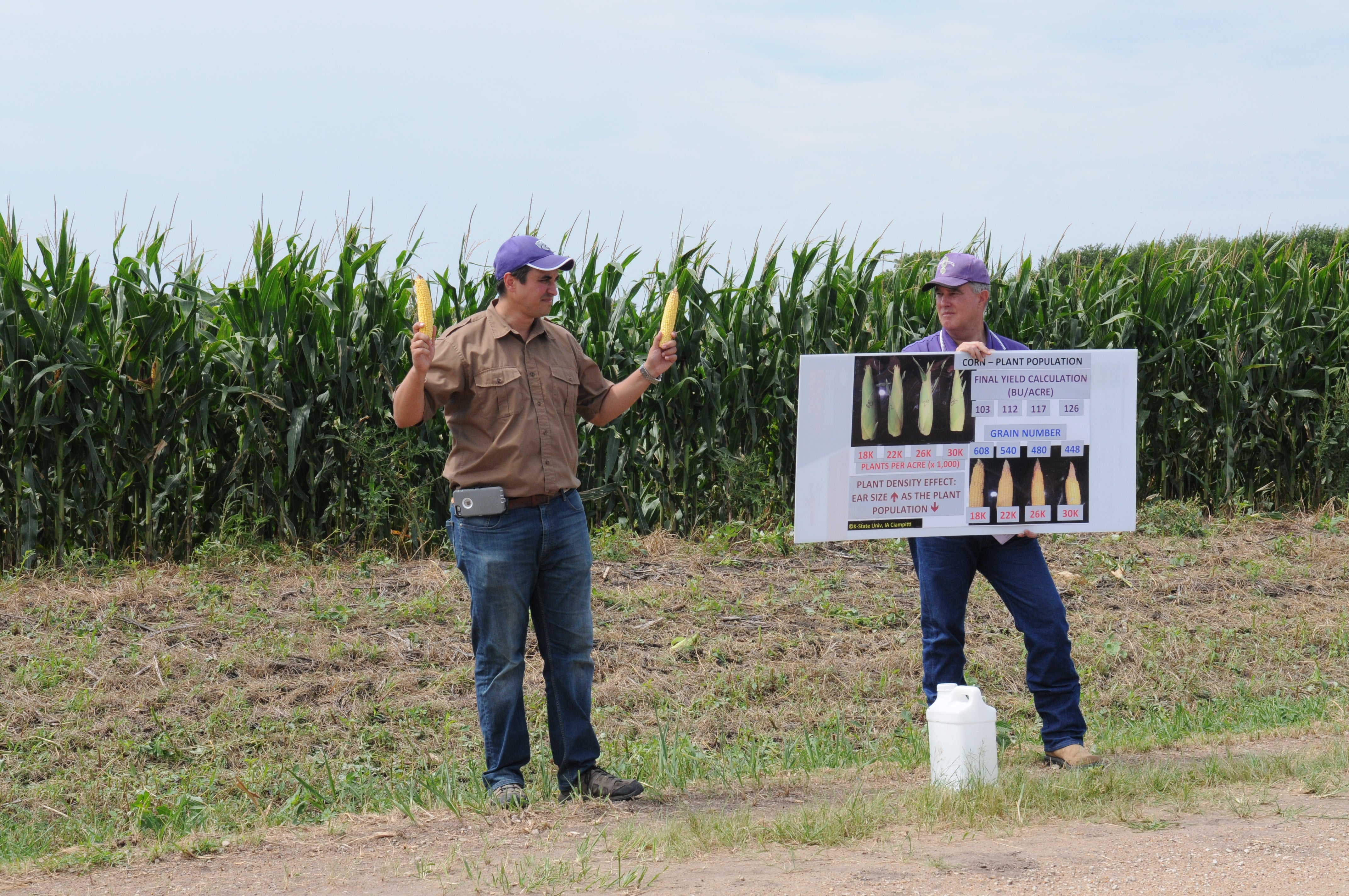 Amidst all the new tools and technologies being developed to make agriculture more sustainable, there is one tried and true method for testing on-site conservation practices that doesn’t get much attention: farmer networks.
Amidst all the new tools and technologies being developed to make agriculture more sustainable, there is one tried and true method for testing on-site conservation practices that doesn’t get much attention: farmer networks.
